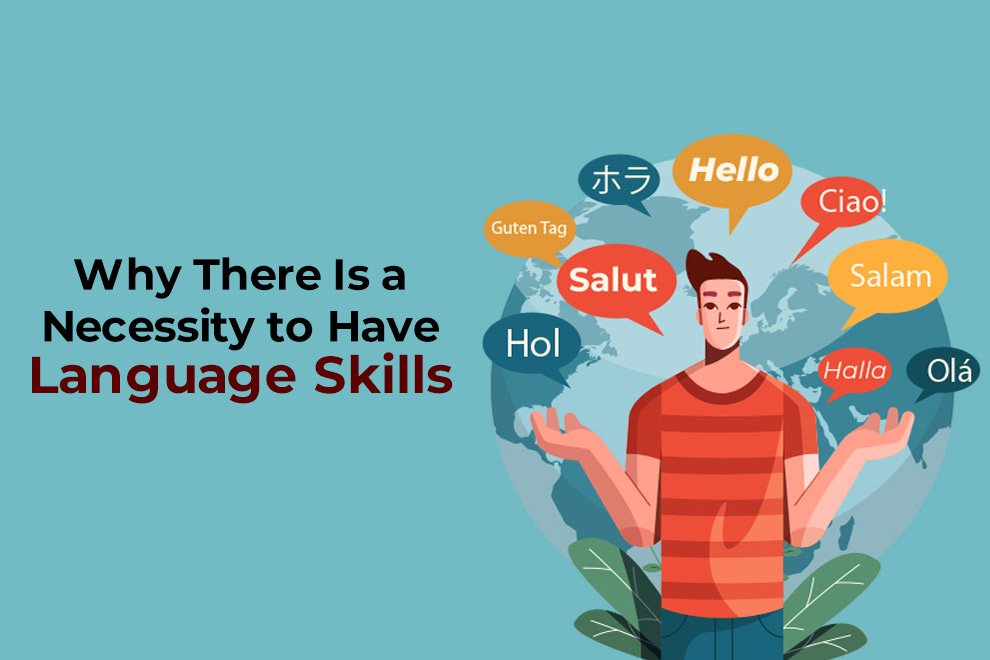The education system of a nation has a key role in deciding its future. To meet the needs of the modern world, which is developing more quickly than ever before, schools, colleges, and universities must constantly alter and adapt. The industry’s growth rate has been consistently increasing in recent decades, driven by technological advancements and global learning demands which areEducation Sector helping catapult the sphere into the future.
Vocational training programs that assist students in developing the skills they need to thrive in the workforce are one method for educational institutions to remain competitive by evolving and adapting to meet the demands of a constantly changing workforce. Additionally, technology is encouraging educational institutions to implement virtual and hybrid learning models that provide students with greater flexibility and accessibility.
When it comes to education, learning new things or just trying understanding niche activities, it is important to keep up with the times – just like learning how to drive, a new language or even how to play American roulette, one has to stay updated with the latest strategies and technologies in order to succeed.
1. Online Learning
Online education is one of the fastest-growing sectors of the ever-expanding education industry. The flexibility and convenience provided by the continual growth of the Internet have made it popular among students worldwide.
The global events of 2020 and 2021 accelerated the demand for online education, forcing traditional educational institutions to shift their focus toward online learning. Without students being able to take their classes virtually during that time frame, who knows how schools would have been able to operate, if at all.
2. Early Childhood Education
Early childhood education is another rapidly growing sector within the industry. The importance of being educated throughout one’s early years and its impact on a child’s future has been acknowledged by governments the world over. A report by Technavio highlights the growing emphasis on STEM education and the use of technology in enhancing the learning experience for children in this sector.
3. Vocational Education
Practical and skill-based training is provided in vocational education to prepare students for occupations. The expansion of vocational education is a result of the rising need for trained people across a variety of industries.
The size of the global vocational education market is anticipated to increase quickly as well, reaching over $15 billion by the end of 2026, according to a report by Persistence Market Research. The research also emphasizes the growing importance of vocational education programs’ certificates and accreditation.
4. International Education
Globalization and the need for an international workforce are driving the rapidly expanding field of international education in the education sector. Over the next 2.5 years, there will be eight million international students studying across the world, according to a study-by-Study portal. The report highlights the growing importance of diversity in the classroom, the rise of online international education, and the increasing number of international partnerships between educational institutions.
Countries such as Malta, located in the middle of the Mediterranean Sea have long been a beacon for attracting international students, primarily thanks to the country’s central location and that it has English as an official language. As such, students from all over the world head to the tiny island state to brush up on their English skills ready for their transition into working life. Expect further countries to follow suit in the years to come.
5. VR and AR Technology
Don’t be surprised to see the education sector adopt ever-advanced pieces of technology as it continues to evolve and adapt in almost every part of our life. Two technologies that have begun to have an increasingly important influence are virtual and augmented reality. Both VR and AR enable immersive learning experiences that let students’ study through simulated surroundings.
Through the new pieces of kit, students can engage in interactive learning and experience what it feels like to be in real-life situations. The new relatively new pieces of tech offer limitless possibilities to offer education in a fun and innovative way. As students get increasingly familiar with these technologies, educators can expect greater student engagement, satisfaction, and overall learning outcomes. VR and AR technology is poised to change the education landscape and advance it for years to come.
Conclusion
Modern technologies are being created to enhance the learning experience and tools, such as VR and robotics, are giving way to more immersive, dynamic instruction methods. How teachers will use these new technologies remains to be seen but one thing cannot be denied: it is an exciting time for educators and students alike who are open to embracing change. Better student engagement, greater access to resources, and improved teacher effectiveness have the potential to make all levels of the educational system flourish even more.
The future of education looks bright so it’s only a matter of time before we reap the rewards of this growing area. We need to collectively support efforts in educational innovation in order for all students across our country and around the world to get the most out of their learning experiences. Every child deserves a chance at obtaining a quality education from which they can build a brighter future.
ALSO READ: How to start online teaching Career: Calculative and Constructive Guide










